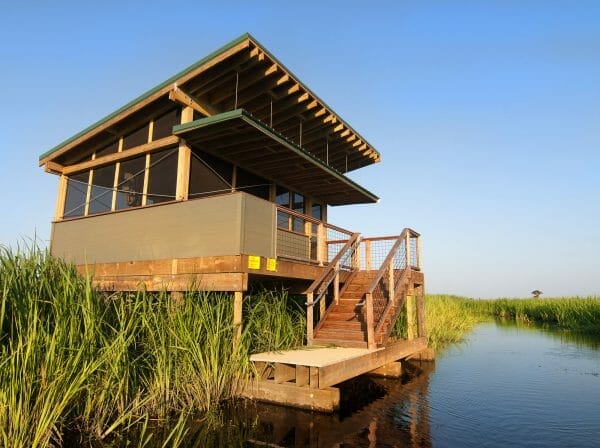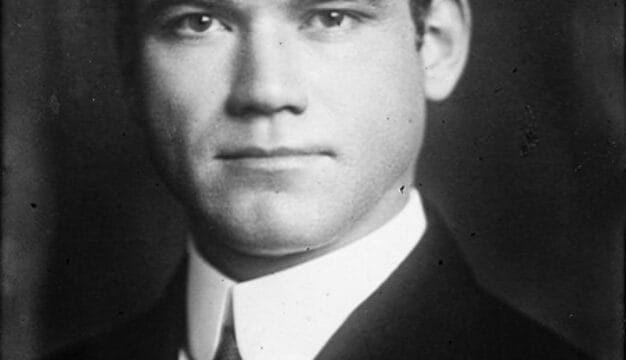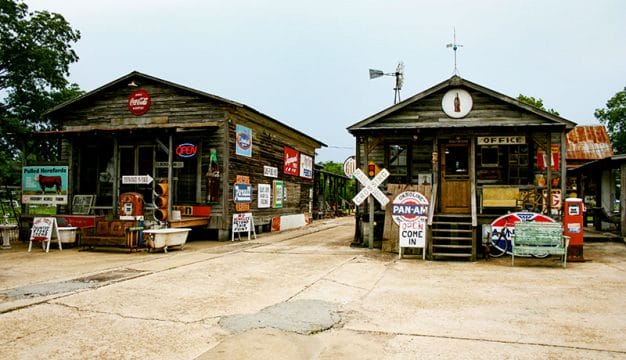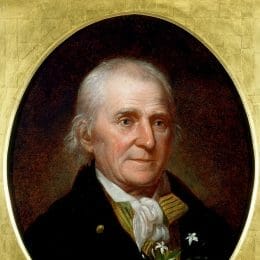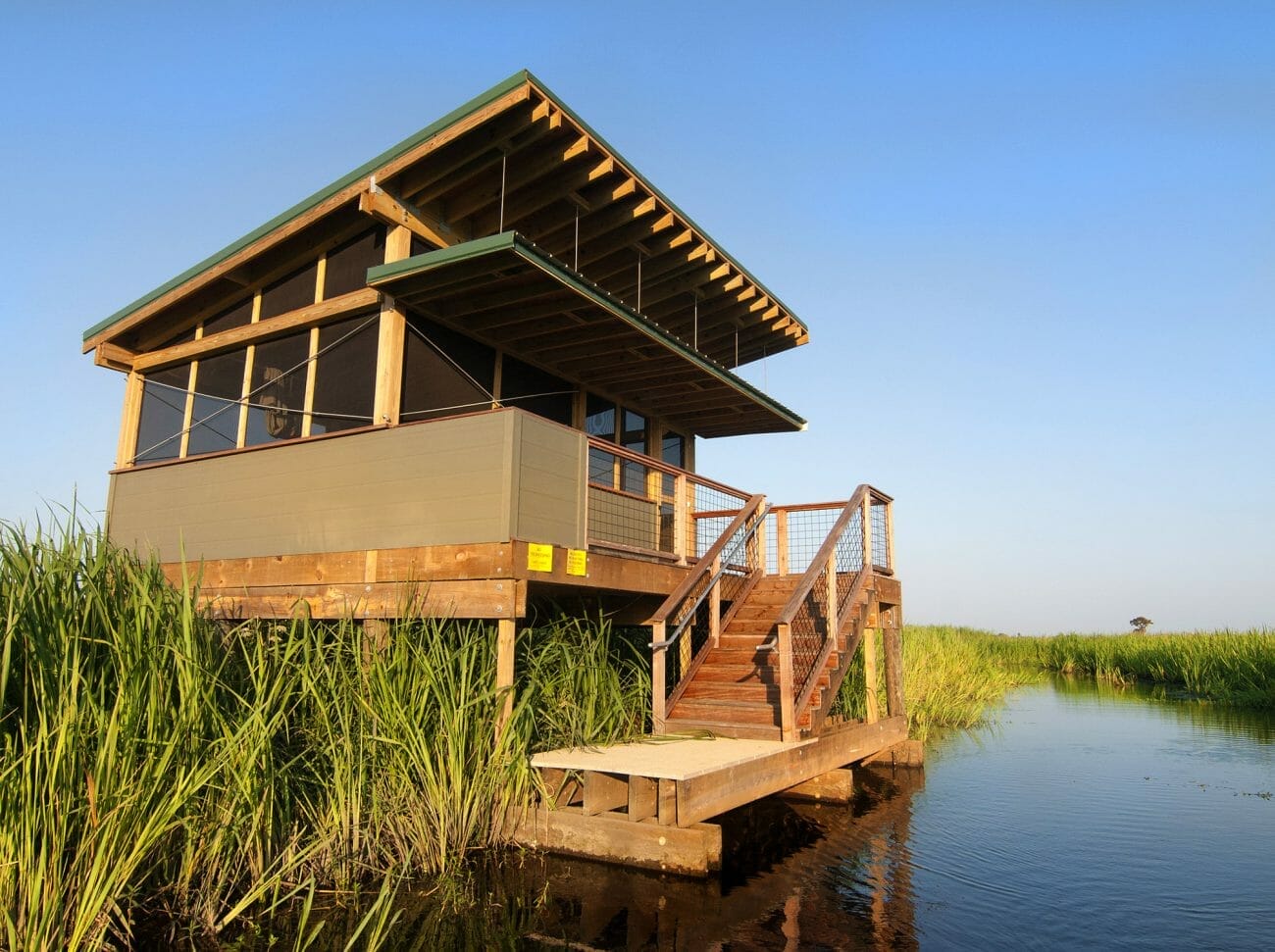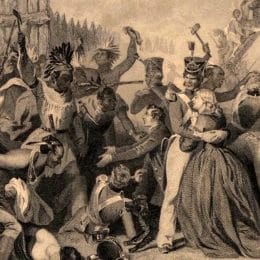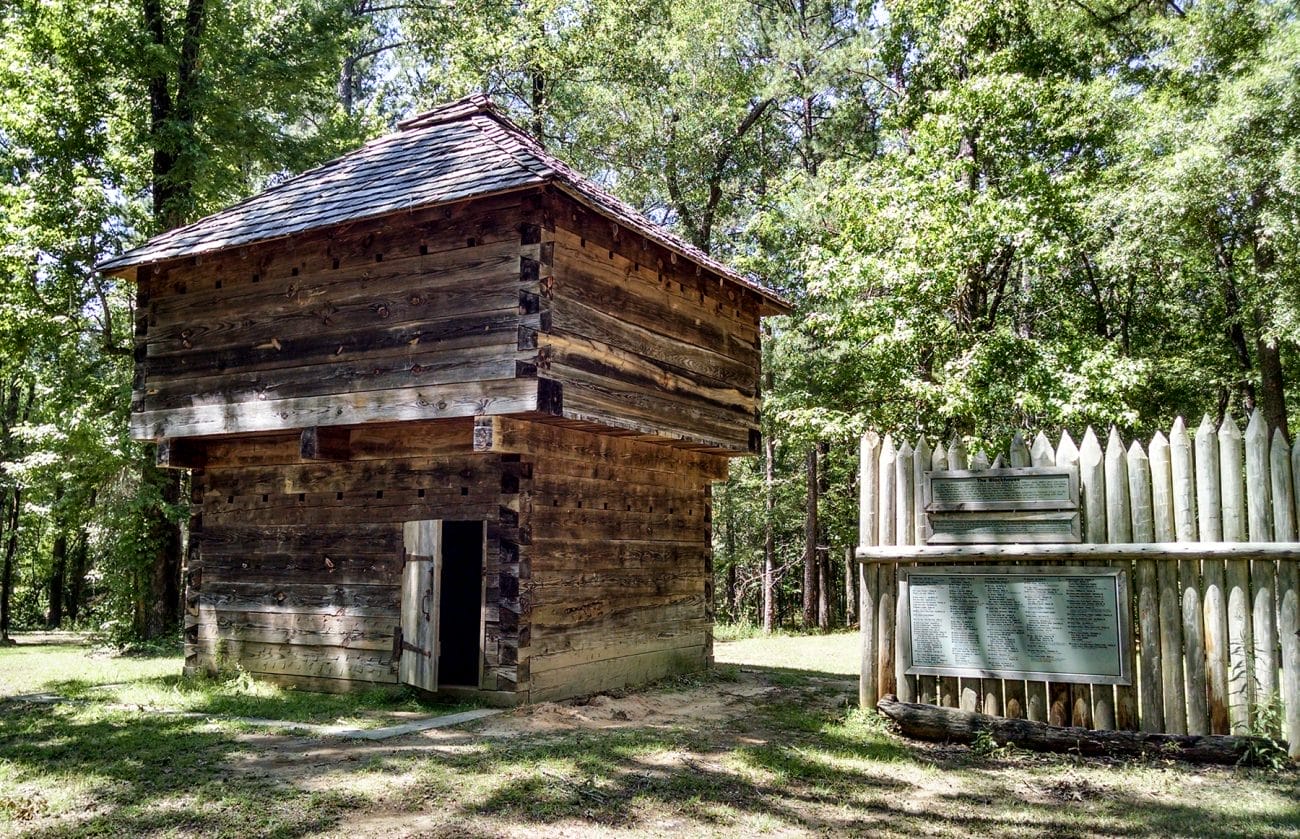Bartram Trail Conference
Founded in 1976, the Bartram Trail Conference oversees the historic sites and commemorative events that celebrate the 2,300-mile southeastern trek of naturalist William Bartram. His route through Alabama includes 19 marked sites, all of which are owned by the state, the federal government, or private individuals. Most notably, the Mobile-Tensaw Delta features the Bartram Canoe Trail, which covers more than 200 miles in 13 separate paddling routes. The Tuskegee National Forest in east central Alabama includes an 8.5-mile trail for hiking and biking that was designated by the U.S. Forest Service as a segment of the Bartram National Recreation Trail. In addition to trail-specific sites, Fort Toulouse, in Elmore County, features a William Bartram Arboretum, a joint endeavor of the Garden Club of Alabama and the Alabama Historical Commission.
Between 1773 and 1776, Bartram travelled throughout the Southeast, making stops in North Carolina, South Carolina, Georgia, Mississippi, Alabama, Florida, Louisiana, and Tennessee. Throughout his travels, he sketched and collected plants on behalf of his patron, London physician John Fothergill. His findings and research would form a major portion of his renowned work Travels, published in 1791.
As the national bicentennial of Bartram’s travels approached, various groups began to discuss ways to commemorate them. In 1970, the newly formed Alabama Conservancy (now the Alabama Environmental Council) voted that Bartram’s route through the state be designated as a part of a National Scenic Trail. The Conservancy was joined in this effort by both the Garden Club of Alabama and Gov. George Wallace. Wallace charged the Alabama Environmental Quality Association, headed by Martha McInnis, to work with southeastern governors in the other eight states that Bartram visited to lobby Congress and the U.S. Department of the Interior for the establishment of a federally designated Bartram Trail. The group formed the Bartram Trail Southeastern Conference, also headed by Martha McInnis, and Wallace and McInnis called the first meeting of the group in November 1975 in Montgomery. The 90 participants recommended creating a permanent organization to oversee the development and maintenance of a Bartram Trail and to seek National Scenic Trail (NST) status from the federal government.
In 1976, the Bartram Trail Southeastern Conference became the Bartram Trail Conference, with three representatives each from the eight southeastern states and with representatives from four federal agencies: the U.S. Forest Service, U.S. Fish and Wildlife Service, U.S. Army Corps of Engineers, and Department of the Interior. In October, the BTC achieved a major milestone when Pres. Gerald R. Ford signed a bill authorizing the Department of the Interior to conduct a feasibility study for the Trail. The authorization, however, did not include any provision for funding. Leaders of the BTC quickly shifted their efforts to lobbying Congress for funding, and in November 1976, they held the first BTC Conference in Darien, Georgia, to devise strategies. The efforts that arose from the conference were successful, and in May 1977 Pres. Jimmy Carter, a supporter of the Trail, signed the authorization for funding.
In 1977, the Department of Interior’s Bureau of Recreation (BOR) formed the Federal/State Bartram National Scenic Trail Task Force. The BOR contracted with the BTC to conduct a study that would determine Bartram’s place in the history of the region and develop a plan to incorporate that history into a recreation and education plan for the states involved. During the next two years, the BTC sponsored workshops and symposia in each of the eight states. At the same time, the BTC worked with a host of researchers, led by scholar Robert Peck, in marking Bartram’s route and in identifying and classifying Bartram sites. Natural, historic, and cultural places that Bartram visited and described in Travels or other works were designated as primary sites, whereas historic or natural areas that are representative of those described by Bartram but have no record of his visiting them were designated as secondary sites.
 Fort Condé
Researchers identified nearly 50 primary sites in the Southeast, with 12 being in Alabama. Seven of these sites are former Creek towns along the Chattahoochee and Tallapoosa rivers in east-central Alabama. The BTC also designated as primary sites Fort Toulouse, near Wetumpka, Elmore County, and Fort Condé in Mobile. The remaining three sites are Maj. Robert Farmar’s plantation in Baldwin County, where Bartram stayed while recovering from an illness; the Mobile/Tensaw Delta; and Dauphin Island. Some of the secondary sites include a 30-mile section of highway in Butler County, originally the Old Federal Road, that followed Bartram’s route as well as Fort Dale, built by Alabama frontiersman Samuel Dale, and Fort Mims, site of a massacre during the Creek War of 1813-14.
Fort Condé
Researchers identified nearly 50 primary sites in the Southeast, with 12 being in Alabama. Seven of these sites are former Creek towns along the Chattahoochee and Tallapoosa rivers in east-central Alabama. The BTC also designated as primary sites Fort Toulouse, near Wetumpka, Elmore County, and Fort Condé in Mobile. The remaining three sites are Maj. Robert Farmar’s plantation in Baldwin County, where Bartram stayed while recovering from an illness; the Mobile/Tensaw Delta; and Dauphin Island. Some of the secondary sites include a 30-mile section of highway in Butler County, originally the Old Federal Road, that followed Bartram’s route as well as Fort Dale, built by Alabama frontiersman Samuel Dale, and Fort Mims, site of a massacre during the Creek War of 1813-14.
In addition to the identification of sites, the BTC worked to create recreation trails in Alabama. In 1975, a one-mile section of a foot trail, developed by the U.S. Forest Service and the Alabama Conservancy, opened in the Tuskegee National Forest, in Macon County. In the Tensaw Delta, historian Davida Hastie laid out an eight-mile canoe trail along the Tensaw River that was dedicated by state of Alabama as an official trail in 1975.
 Fort Toulouse
In 1982, the BOR completed its study on the trail and did not recommend it for designation as a national scenic trail, although the authors did find that the site had many features that could earn that designation in the future. The report also recommended ways to recognize Bartram’s importance to the region, including designation of national recreation trails along his route, the development of a highway marker program, and the establishment of recognized natural areas or parks. The USFS also designated segments of the trail as National Recreation Trails in Georgia, North Carolina, and Alabama. Markers also were erected throughout the Southeast.
Fort Toulouse
In 1982, the BOR completed its study on the trail and did not recommend it for designation as a national scenic trail, although the authors did find that the site had many features that could earn that designation in the future. The report also recommended ways to recognize Bartram’s importance to the region, including designation of national recreation trails along his route, the development of a highway marker program, and the establishment of recognized natural areas or parks. The USFS also designated segments of the trail as National Recreation Trails in Georgia, North Carolina, and Alabama. Markers also were erected throughout the Southeast.
The BTC was reconstituted in the late 1980s as a non-profit organization open to the public; it no longer has a formal role with regard to the trail. There is no official staff, and all the organization’s activities are carried out by the volunteer officers, members, and interested parties. The BTC holds biennial conferences, and Alabama has served as host for two recent gatherings: Montgomery (2003) and Spanish Fort (2007). The BTC also sponsored of a symposium on Bartram and his work in 2005 at Auburn University in Auburn, Lee County. The BTC publishes a newsletter twice a year and maintains a website with news and other information relating to Bartram, his heritage, and the trail that memorializes his life and work.
Further Reading
- Bartram Trail Conference (BTC). Bartram Heritage: A Study of the Life of William Bartram. Montgomery, Ala.: Bartram Trail Conference, 1979.
- Braund, Kathyrn H., ed. The Attention of a Traveller: Essays on William Bartram’s “Travels” and Legacy. Tuscaloosa, Ala.: University of Alabama Press, 2022.
- Braund, Kathryn E. Holland, and Charlotte M. Porter, eds. Fields of Vision: Essays on the Travels of William Bartram, 1739-1823. Tuscaloosa, Ala.: University of Alabama Press, 2010.
- McInnis, Martha. “History of the Bartram Trail Conference.” Records of the Bartram Trail Conference, 1975-1982. Alabama Department of Archives and History, Montgomery, Alabama.
